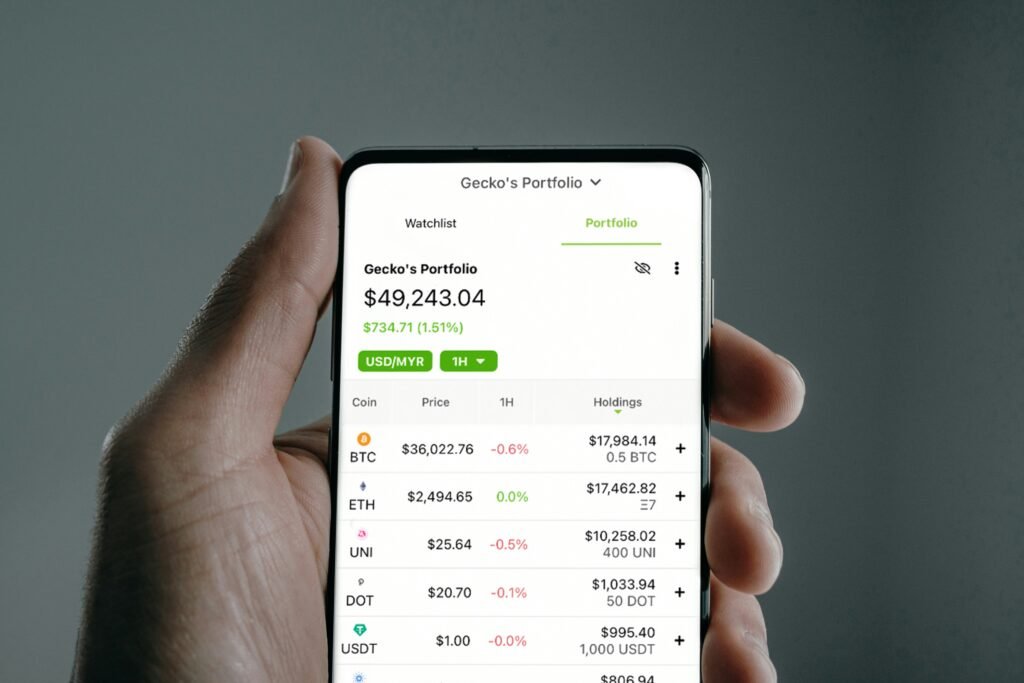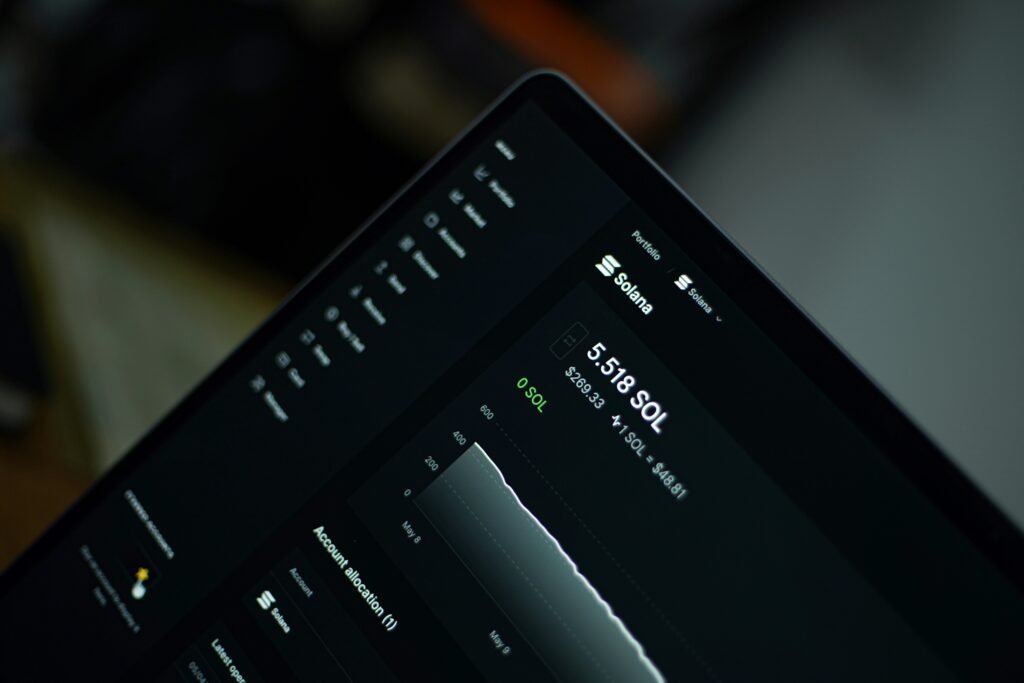The Solana Alpenglow upgrade is poised to redefine blockchain performance by introducing radical improvements to the Solana consensus protocol. Announced by core Solana developers and backed by validator consensus and experts such as Kyle Samani of Multicoin Capital, Alpenglow aims to slash finality latency and boost transaction throughput exponentially. Scheduled to hit testnet in December 2025, with a full mainnet rollout planned for Q1 2026, this upgrade is a strategic move to bring Solana’s performance closer to the speed of centralized financial systems—without compromising the principles of decentralization or security.
In collaboration with engineering firm Anza and support from the wider validator ecosystem, Alpenglow marks one of the most significant technical revisions to the Solana blockchain. With finality expected to drop from 12.8 seconds to as low as 150–200 milliseconds, Solana is edging into the era of real-time blockchain interactions.
Why Alpenglow matters: Redefining consensus protocol performance
The heart of the Solana Alpenglow upgrade lies in a completely redesigned consensus protocol. Unlike traditional blockchains that suffer delays in transaction confirmation, the new system will significantly reduce latency while increasing resilience and architectural simplicity. These improvements aren’t just theoretical—they are based on extensive research and testing by partners like Anza, who have played an instrumental role in shaping the technical foundation of this transformation.
Supporting high-frequency DeFi apps, instant deposits, and real-time trading becomes feasible when consensus no longer bottlenecks speed. Alpenglow’s changes enable Solana to process thousands of transactions per second with optimistic confirmations, aligning blockchain infrastructure with the expectations of modern finance.
Countdown to testnet: Why December 2025 is critical
The Alpenglow upgrade is scheduled to go live on the testnet during December 2025, aligned with Solana’s flagship Breakpoint event. This milestone event will give developers, validators, and community members a chance to stress-test the upgrade before full deployment. The timing is intentional: Breakpoint draws global attention, providing a high-impact opportunity to coordinate feedback from Solana’s growing worldwide user base.
By launching at Breakpoint, the Solana development team ensures that early feedback and performance benchmarks are considered before rolling out the upgrade to the mainnet in Q1 2026. This phased approach promotes a smoother transition while maintaining the network’s high-speed reputation that users and projects rely on.
Mainnet target: Q1 2026 rollout and validator integration
Following testnet trials in December 2025, the mainnet implementation for the Solana Alpenglow upgrade is on track for Q1 2026. Validators across the Solana ecosystem have already voted in favor of this network rewrite, signifying strong stakeholder support. The decentralized nature of the platform means that coordination involves robust consensus from countless nodes—all monitoring for security and reliability benchmarks during early-stage rollout.
Thanks to coordinated input from both validators and development partners, the transition to Alpenglow is expected to be smooth and optimized for high-performance execution across exchanges, wallets, and DeFi platforms built on Solana.
Optimistic confirmations deliver real-time UX
One of the flagship features of Alpenglow is the introduction of optimistic confirmations—a technique that allows transactions to appear finalized nearly instantly, even before they reach full finality. While traditional confirmations can take seconds or longer, optimistic confirmations give users and apps immediate feedback, enhancing the real-time experience craved by traders and app developers.
This shift also drastically reduces the perceived latency of the network, especially for applications like DeFi lending, NFT trading, and decentralized exchanges (DEXs), where seconds can make or break a trade. Combined with increased throughput, the Alpenglow consensus overhaul positions Solana to satisfy the on-demand needs of next-generation crypto users.
Boosting Solana’s use cases without sacrificing security or decentralization
While speed often comes at the cost of centralization or reduced security, the Solana Alpenglow upgrade charts a different course. It retains Solana’s commitment to decentralization through continuous validator-led governance while upgrading the underlying system architecture for better scalability and resilience.
Security features will continue to be enforced through cryptographic guarantees and peer-reviewed consensus logic, ensuring that the network cannot be manipulated or hijacked. Users can expect faster performance with the same level of trust they’ve come to rely on since Solana’s launch. It reaffirms Solana’s role in global internet capital markets and positions it well against centralized incumbents.
Multicoin Capital’s support adds credibility
The Alpenglow upgrade is not just a technical win; it’s also backed by notable investors like Kyle Samani of Multicoin Capital. Samani’s vocal support for Alpenglow gives the initiative additional credibility among institutional investors and crypto-native builders alike.
His view echoes optimism around Alpenglow’s potential to make Solana the go-to network for high-throughput apps, suggesting that this upgrade could welcome a wave of innovation in industries ranging from gaming to decentralized finance and beyond.
Bigger vision: Solana’s plan for scalability and internet capital markets
Alpenglow is more than an upgrade—it’s the first step in a broader strategy for Solana to power the next generation of decentralized internet capital markets. From high-frequency trading to social tokens, the Solana blockchain is evolving into an infrastructure layer underpinning a new economic paradigm.
Developers building on Solana gain access to instant confirmations and near-zero latency, unlocking opportunities in Web3 gaming, DeFi options trading, and AI-agent driven interactions. With Solana’s throughput ceiling raised and latency compressed, entirely new use cases will blossom in 2026 and beyond.
Frequently asked questions about the Solana Alpenglow upgrade (FAQ)
What is the Solana Alpenglow upgrade?
The Alpenglow upgrade is a complete rewrite of Solana’s consensus protocol designed to reduce finality latency to milliseconds, increase transaction throughput, and preserve decentralization and security.
When does the Alpenglow upgrade go live?
The testnet release is scheduled for December 2025, with mainnet deployment planned for Q1 2026, coinciding with the Solana Breakpoint event cycle.
Who is behind the Alpenglow upgrade?
It’s led by the core Solana development team, supported by validators and contributors like Anza, with endorsements from prominent investors such as Kyle Samani of Multicoin Capital.
How does Alpenglow improve transaction speed?
By introducing optimistic confirmations and redesigning the consensus flow, Alpenglow reduces average finality from ~12.8 seconds to ~150–200 milliseconds.
Will Alpenglow make Solana more centralized?
No, the upgrade maintains decentralization by ensuring all architectural changes are validated through stakeholder consensus, cryptographic guarantees, and distributed governance.
Sources to this article
Solana Foundation. (2024). Solana’s Alpenglow upgrade announcement and technical overview. Retrieved from https://solana.com
Anza Research. (2024). Alpenglow Consensus Whitepaper. Retrieved from https://anza.dev
Breakpoint Conference. (2024). Solana roadmap discussions and validator Q&A session.
Multicoin Capital. (2024). Kyle Samani blog post on the Alpenglow upgrade. Retrieved from https://multicoin.capital



